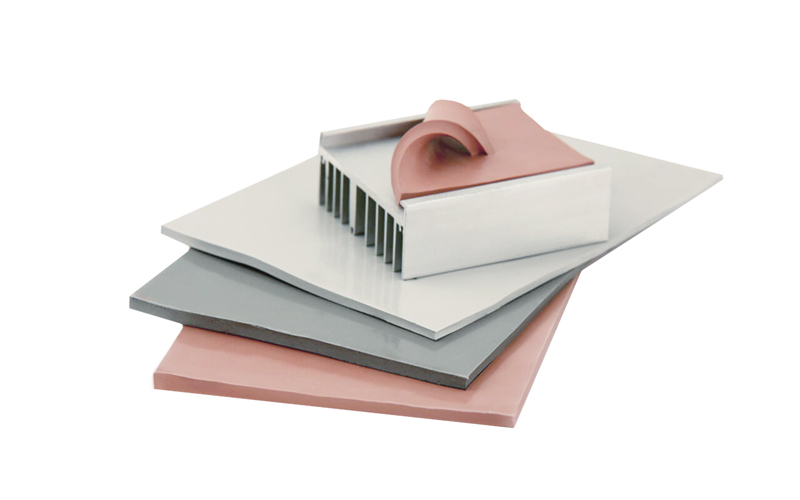Challenges and Solution for Pick and Place Automation of Thermal Gap Filler Pads
- Posted on:2023-10-30 10:23:00
- Source:AOK Thermal Pad Manufacturer Company News
Pick and place automation of thermal gap filler pads presents specific challenges due to the nature of the material and its handling requirements.
Material fragility: Thermal gap filler pads can be delicate and prone to damage during handling. They may tear or deform easily, affecting their performance.
Solution: Implement gentle handling mechanisms and tools specifically designed for fragile materials. This may include using vacuum grippers with adjustable suction levels, soft robotic grippers, or conveyor systems with controlled speed and vibration reduction features.
Material consistency and stickiness: Thermal gap filler pads can have varying levels of stickiness, which can cause difficulties in picking and placing. Inconsistent material thickness or stickiness can lead to misalignment or improper adherence to the target surface.
Solution: Use vision systems or sensors to detect pad thickness and stickiness variations. Implement adaptive grippers or suction cups that can adjust their gripping force based on the pad's stickiness. Conduct regular quality checks and adjust the automation parameters accordingly to ensure consistent performance.
High precision placement: Thermal gap filler pads need to be accurately positioned to ensure optimal thermal conductivity and contact with the heat-generating components. Misalignment or improper placement can result in reduced thermal efficiency and potential device failures.
Solution: Incorporate vision systems, machine learning algorithms, or robotic arms with high-precision positioning capabilities to ensure accurate placement. Implement feedback mechanisms to verify the pad's alignment after placement and make necessary adjustments if required.
Pad contamination and cleanliness: Any foreign particles or contaminants on the thermal gap filler pads can affect their thermal conductivity and compromise the performance of the system.
Solution: Maintain a clean and controlled environment during the pick and place process. Implement air filtration systems, cleanroom protocols, or protective covers for the pads to minimize the risk of contamination. Regularly inspect and clean the automation equipment to prevent any transfer of contaminants.
Adhesive release: Some thermal gap filler pads come with adhesive backing that needs to be released during the placement process. Ensuring consistent and reliable adhesive release can be challenging.
Solution: Use automation equipment with specialized mechanisms to handle adhesive release, such as peel-off devices or automated tape dispensers. Optimize the process parameters, including temperature and pressure, to ensure consistent and reliable adhesive release.
It's important to work closely with automation equipment manufacturers, adhesive material suppliers, and experts in pick and place automation to develop a customized solution that addresses the specific challenges of handling thermal gap filler pads. Regular testing, quality assurance, and process optimization should be conducted to ensure reliable and efficient pick and place automation for these materials.
If you would like to learn more about AOK performance thermal materials, please visit our website at www.aok-technologies.com


